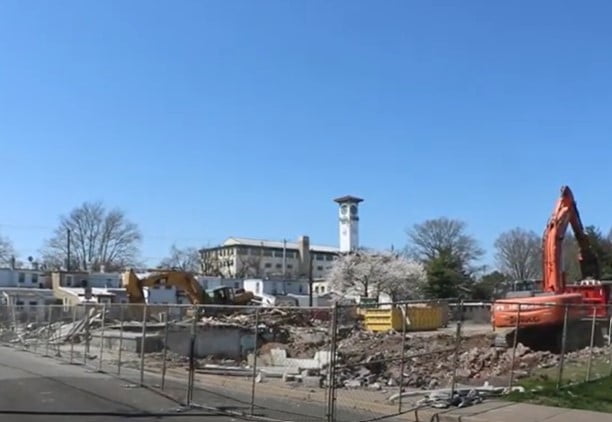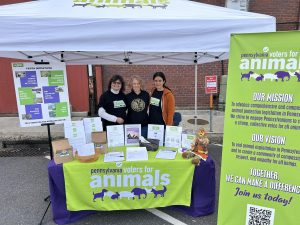Let’s talk about how a neighborhood becomes run down, and why there was good news when local newspapers announced on Dec. 19, 2021, that “Bristol Borough officials are poised to take the next step.”
Specifically let’s talk about how Elm Street and Chestnut Street, off Jefferson Avenue, became such a mess that some houses were torn down and others await redevelopment.
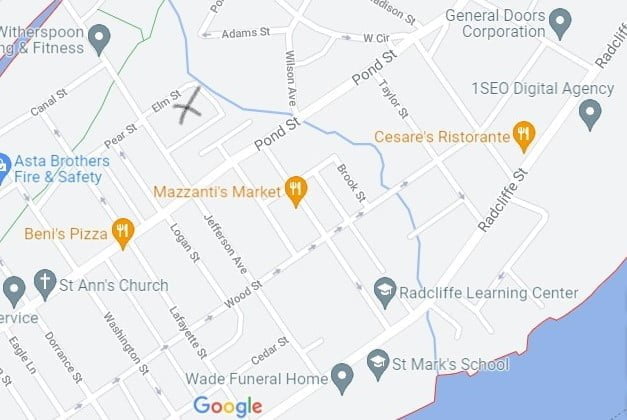
Settled in 1682, incorporated in 1720, there was a Bristol before there was a Philadelphia. But what made Bristol Bristol were its textile mills, ferry boats and busy docks on the Delaware River and Delaware Canal. Eventually came new immigrants, many of them Catholic from Ireland and Italy, the great-grandparents of many of today’s residents. At one time, in the 1950s, there were at least three Catholic churches, St. Mark, St. Ann and St. Mary, a convent at St. Ann and two parochial schools, St. Ann parochial on Jefferson Avenue, and St. Mark on Radcliffe Street.
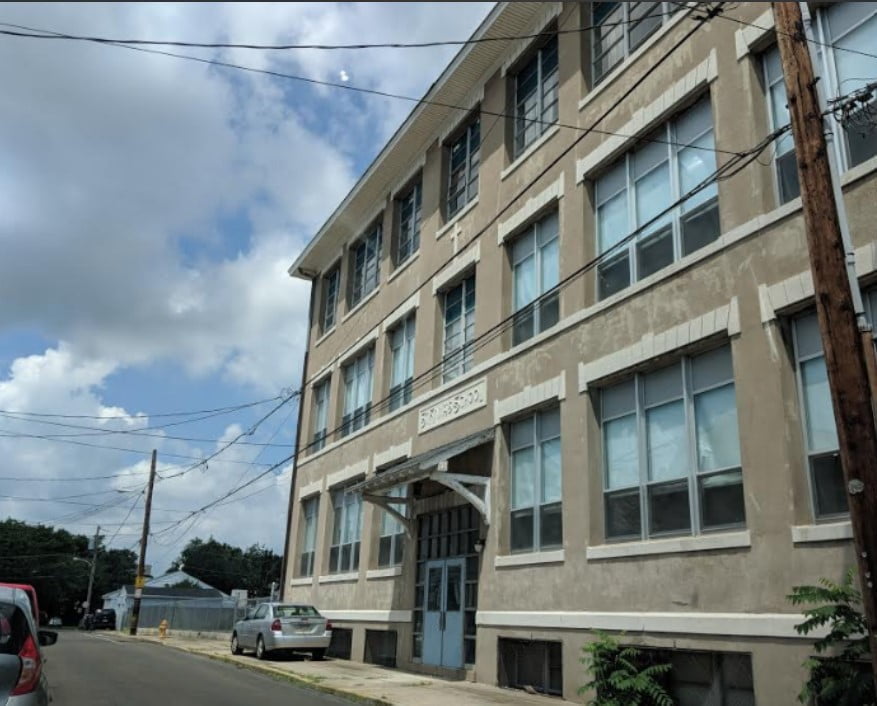
Newcomers in the area who are also Catholic now fill pews at St. Mark and St. Ann churches. St. Ann school closed in 2009 and its convent closed in 2014. That is one of the reasons that the cul-de-sac across Jefferson Avenue is now desolate. Where once there was a reason to live near the St. Ann school, now there was no reason.
But things got worse before then. In the 1980s there was a fire that devastated a row of houses on Elm Street. (And merely the fact it was called “Elm Street” shows a lack of care when it came to this end of town — no local landmark, no local hero, no idiocyncracy, just Elm Street.)
There was the general decline of the industrial neighborhood along the Delaware Canal. Crime increased until this area was considered the most dangerous in Bristol Borough — mostly crime against property: car thefts, home break ins, purse thefts.
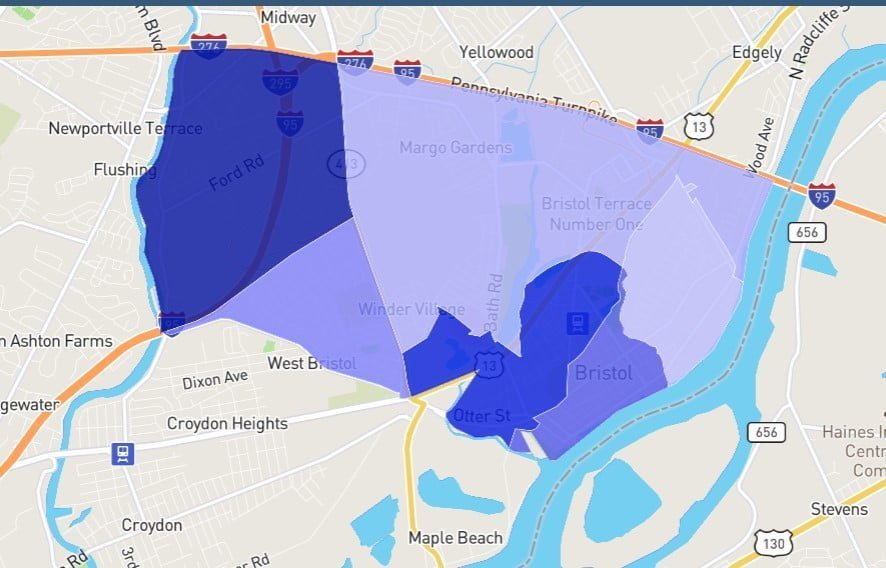
Businesses close. Good people move away. Houses remain empty. Drug dealers move in. That was when Bristol Borough came up with a 20-year plan: do something. What they did was tear down empty buildings at the end of Elm Street, which opened empty lots, and access to the backs of still-occupied homes on Jefferson. More crime.
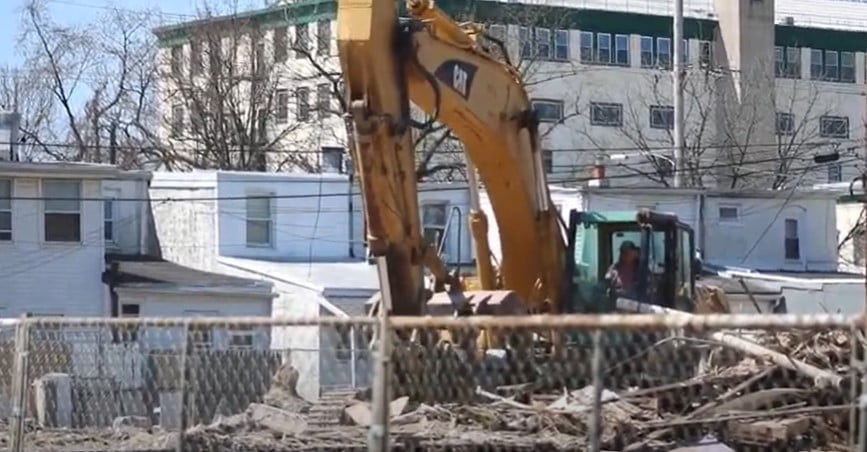
Other houses were boarded up, leaving the street looking like Chernobyl, while some people continued to pay their bills and hang on. The good news is that the Bucks County Redevelopment Authority, or RDA, is about to be invited by the Bristol Borough Council to step in and take over. The RDA has had success redeveloping individual buildings for Bristol Township and putting them back on the tax rolls.
There could be senior, or low-income housing. Just a block away is Grundy Commons, a mixed-use redevelopment that turned an empty textile mill into 224-bedroom units of low-income housing, and enterprises like the Dad’s Hat rye distillery.
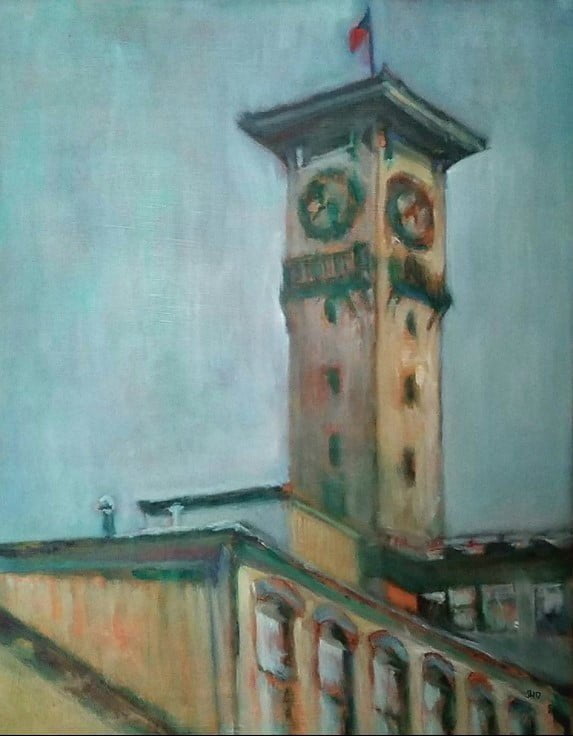
For years St. Ann school and convent across the street have been poised to become 24, then 16 condo units, a plan proposed by BG partners of Northampton County. If that plan someday passes the borough council, it will bring life back to this stretch of Jefferson Avenue, and perhaps provide jobs for people in the neighborhood.
In urban renewal terms, it all begins with small steps.
